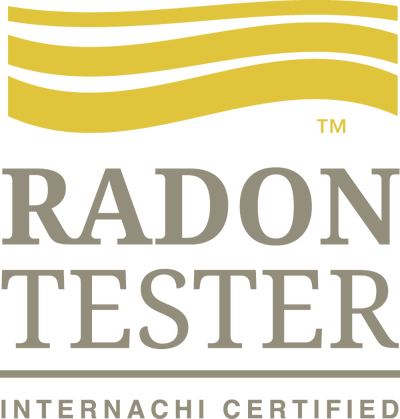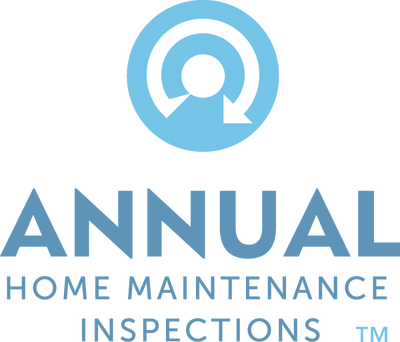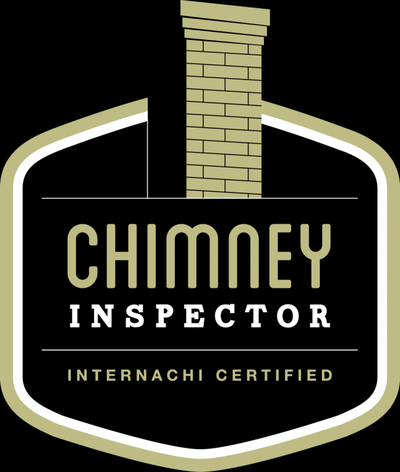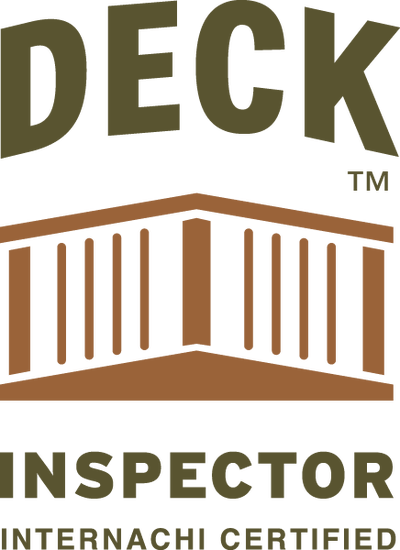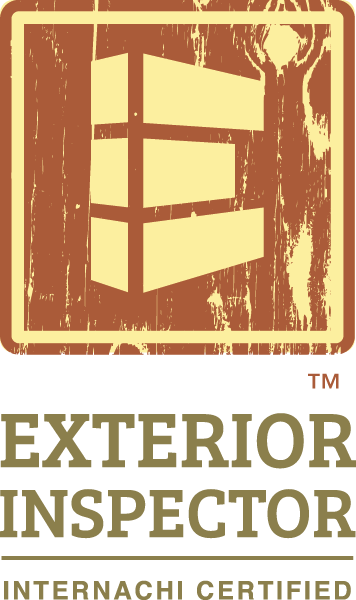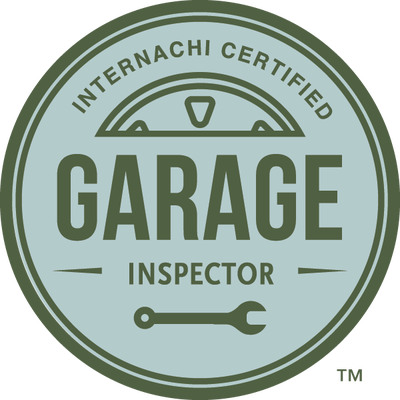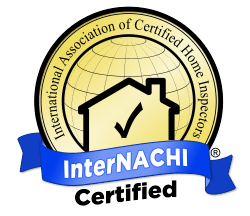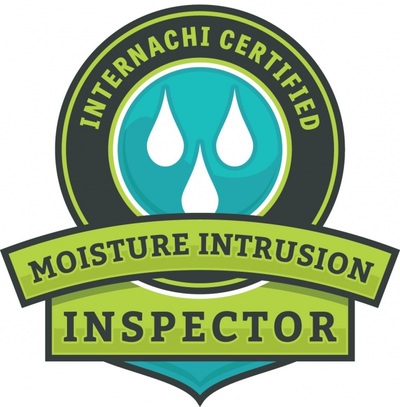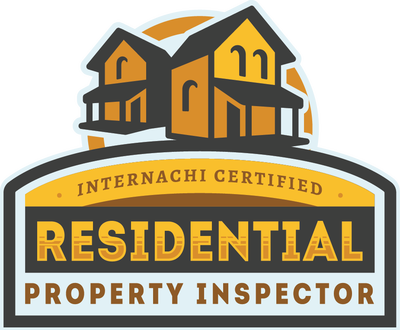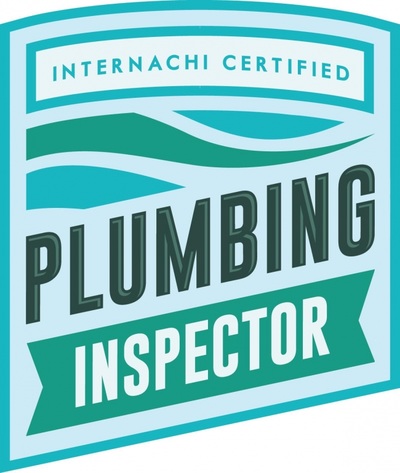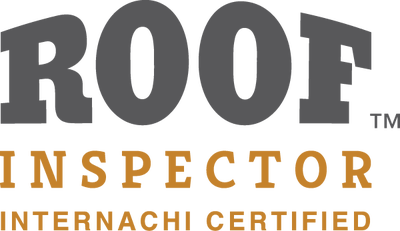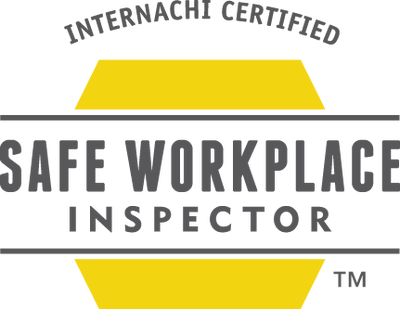|
by Nick Gromicko and Kenton Shepard 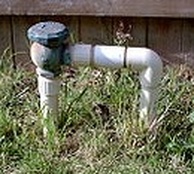 Backflow is the reversal of the normal and intended direction of water flow in a water system. Devices and assemblies known as backflow preventers are installed to prevent backflow, which can contaminate potable water supplies. Why is backflow a problem? Backflow is a potential problem in a water system because it can spread contaminated water back through a distribution system. For example, backflow at uncontrolled cross connections (cross-connections are any actual or potential connection between the public water supply and a source of contamination or pollution) can allow pollutants or contaminants to enter the potable water system. Sickness can result from ingesting water that has been contaminated due to backflow. Backflow may occur under the following two conditions: back-pressure: Back-pressure is the reverse from normal flow direction within a piping system as the result of the downstream pressure being higher than the supply pressure. This reduction in supply pressure occurs whenever the amount of water being used exceeds the amount of water being supplied (such as during water-line flushing, fire-fighting, or breaks in water mains). back-siphonage: Back-siphonage is the reverse from normal flow direction within a piping system that is caused by negative pressure in the supply piping (i.e., the reversal of normal flow in a system caused by a vacuum or partial vacuum within the water supply piping). Back-siphonage can occur when there is a high velocity in a pipe line, when there is a line repair or break that is lower than a service point, or when there is lowered main pressure due to high-water withdrawal rate (such as during fire-fighting or water-main flushing). Atmospheric Vacuum Breakers Backflow prevention for residences is most commonly accomplished through the use of atmospheric vacuum breakers (AVBs). AVBs operate by allowing the entry of air into a pipe so that a siphon cannot form. AVBs are bent at 90 degrees and are usually composed of brass. Compared with backflow preventer assembles, AVBs are small, simple and inexpensive devices that require little maintenance or testing. They have long life spans and are suitable for residential purposes such as sprinkler systems. InterNACHI inspectors can check for the following:
Types of Backflow Preventer Assemblies Some types of assemblies are common in commercial and agricultural applications but are rare for residential uses. The appropriate type of backflow preventer for any given application will depend on the degree of potential hazard. The primary types of backflow preventers appropriate for use at municipalities and utilities are:
Requirements for Testers and Inspectors A number of organizations, such as the American Water Works Association (AWWA) and the American Backflow Prevention Association (ABPA) offer certification courses designed to train professionals to test backflow preventers. Requirements for training vary by jurisdiction. Inspection of backflow preventers requires knowledge of installation requirements, although inspectors are not required to become certified. In summary, backflow preventers are designed to prevent the reverse flow of water in a potable water system. They come in a number of different types, each of which is suited for different purposes. Craftsman Home Inspections llc is a home inspection company proudly serving the Aurora CO and Denver CO Metro Areas. If you are looking for a Home Inspector in Aurora or Denver, please give us a call at 720-593-0383 or check us out online at CraftsmanColorado.com or simply schedule your home inspection below.
SCHEDULE INSPECTION
3 Comments
2/13/2018 12:08:21 pm
Thanks for helping me learn more about backflow prevention. I actually didn't know that backflow could happen if a downstream pressure is higher than the supply one. I wouldn't mind learning some situations where this could occur. It seems like knowing this could be a good way for someone to start making plans in advance to help prevent it.
Reply
10/25/2019 12:48:06 pm
It's interesting to know that backpressure can cause backflow in your house. My husband's neighbor recommended us to perform a backflow prevention test, and we are looking for information. I will let him read your article to help him understand what backflow prevention is all about.
Reply
8/12/2022 12:19:31 am
Hey there, I had found that the information is very helpful.
Reply
Leave a Reply. |
AuthorCraftsman Home Inspections. We are your Aurora and Denver Colorado Home Inspectors. Here you will find useful information about the Home Inspection industry as well as home maintenance tips. Archives
April 2020
Categories |
Our
|
Craftsman Home Inspections llcAt Craftsman Home Inspections we are professionals who promise to give you our best Home inspection every time.
|
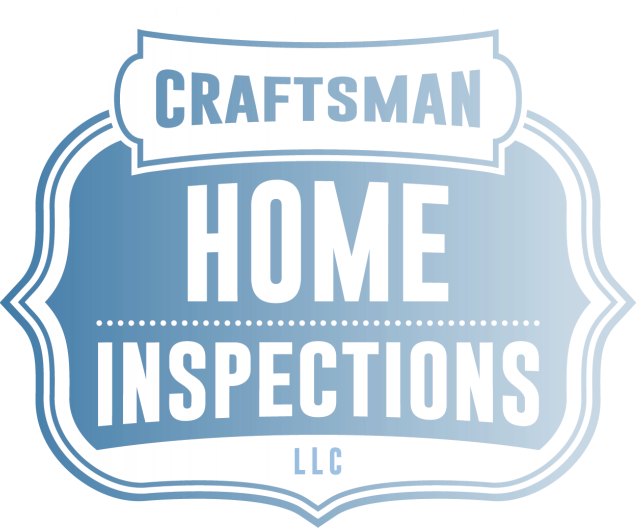
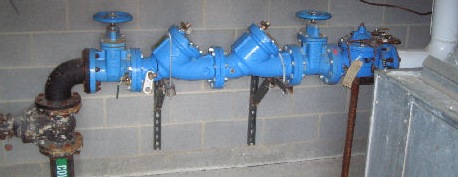
 RSS Feed
RSS Feed
